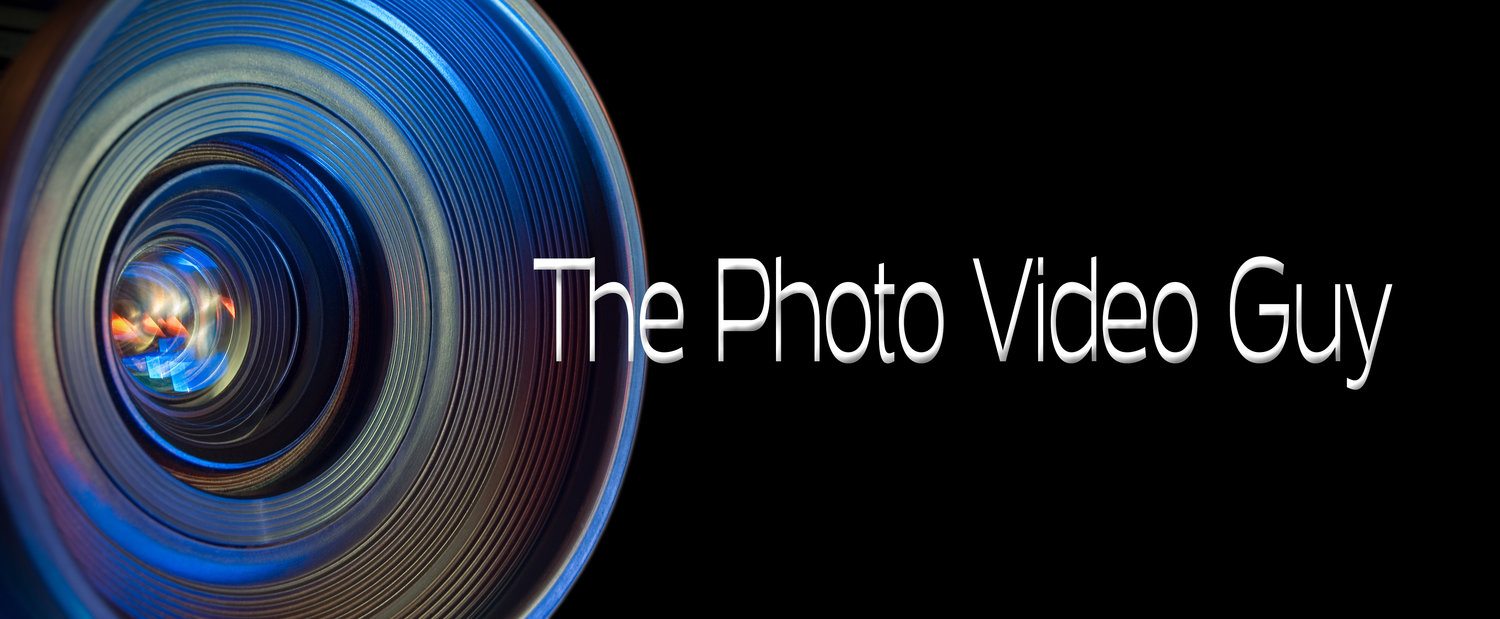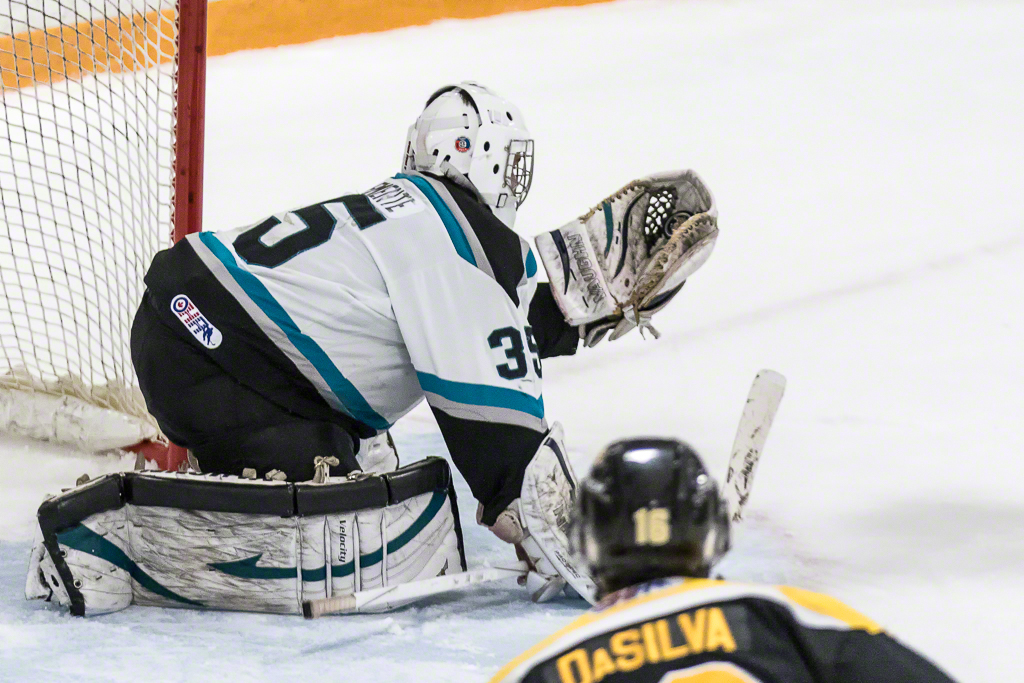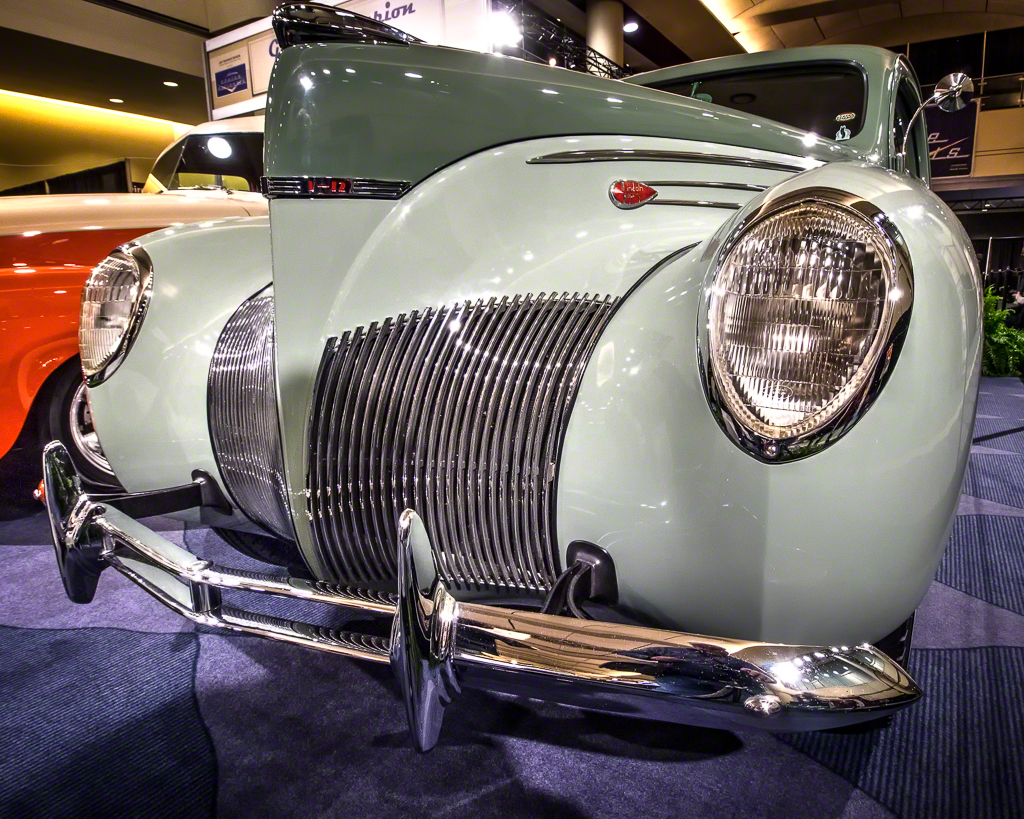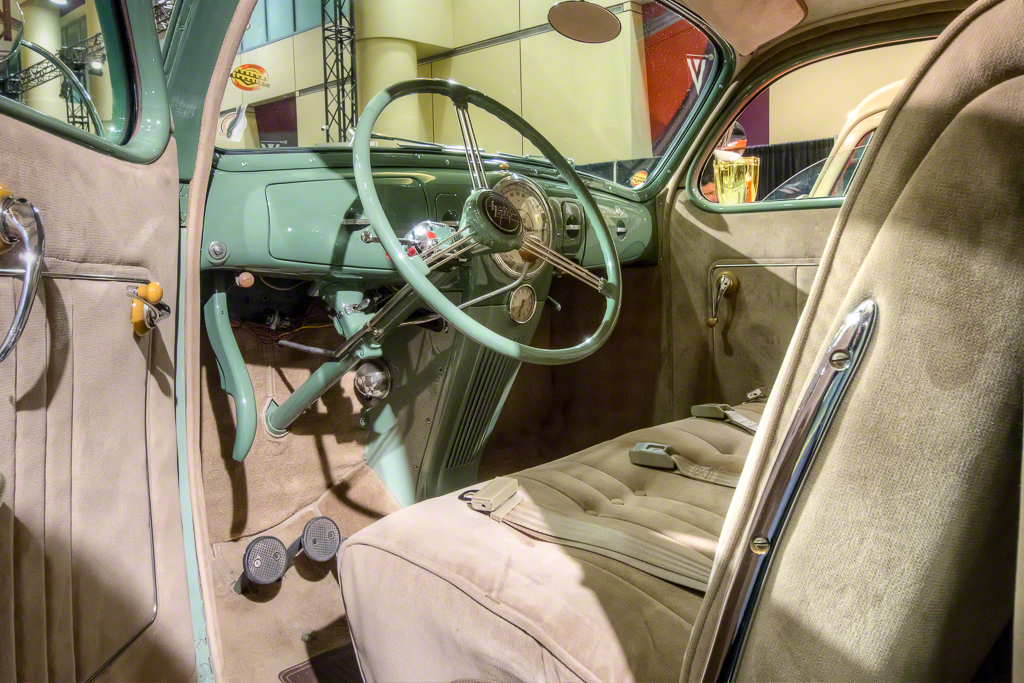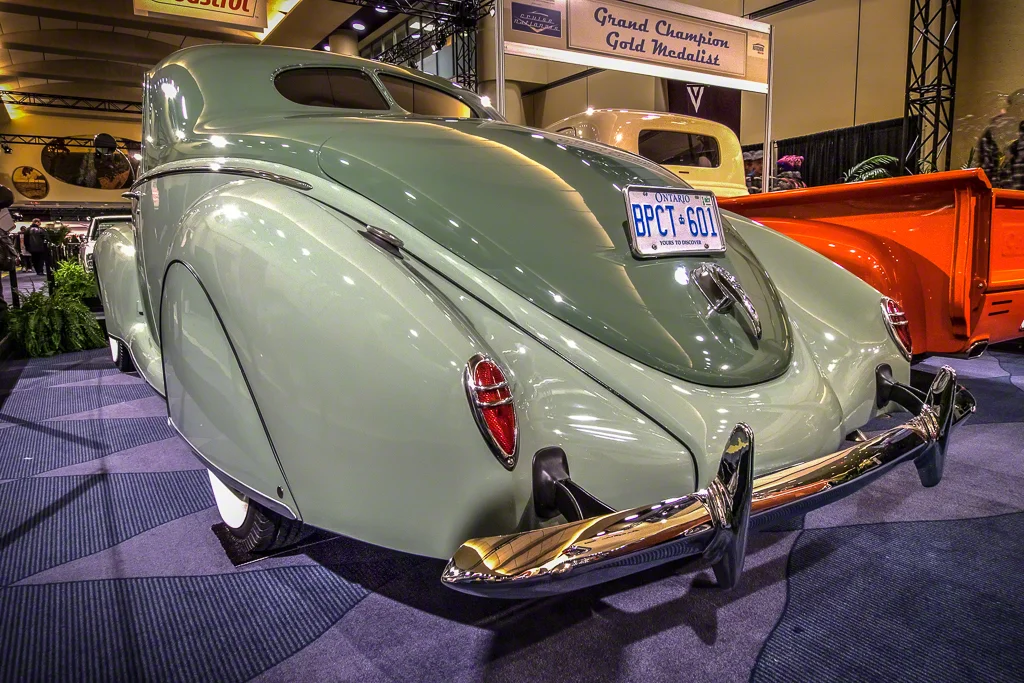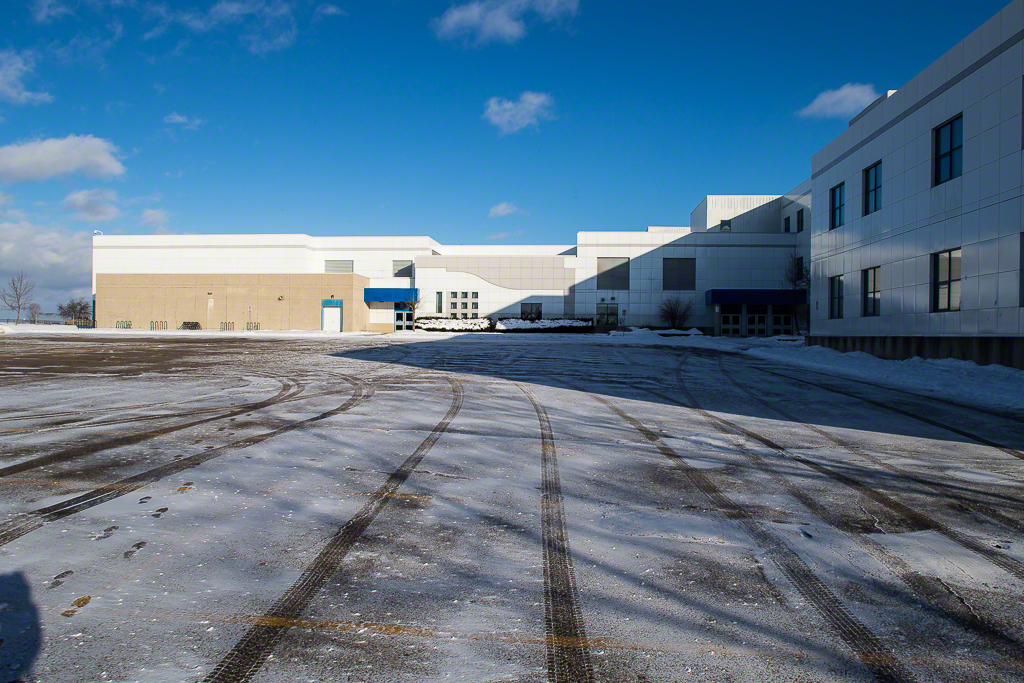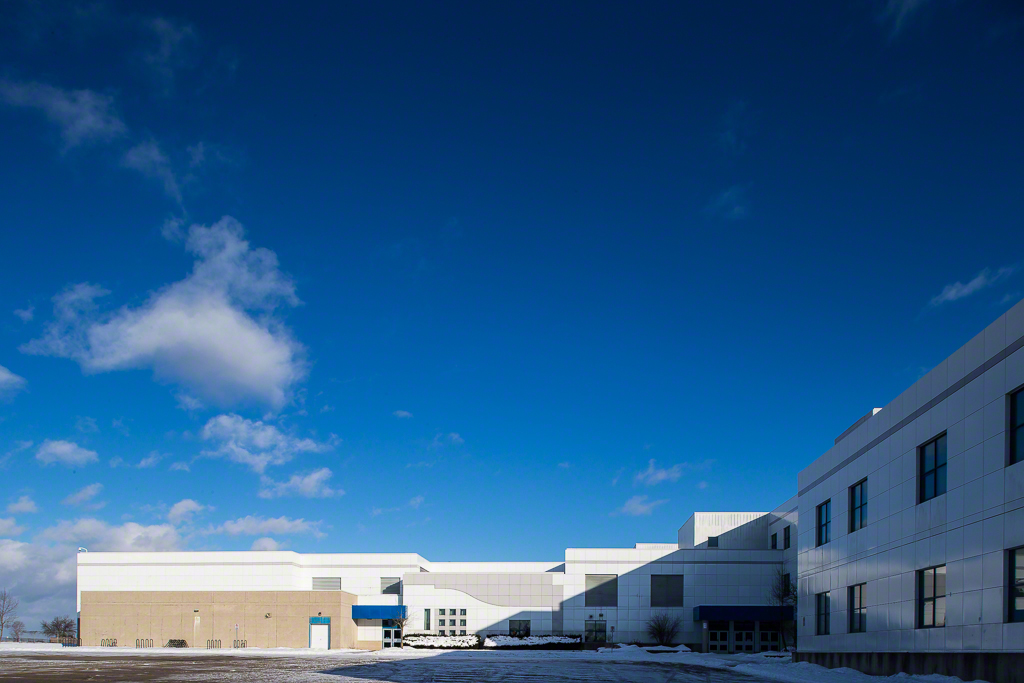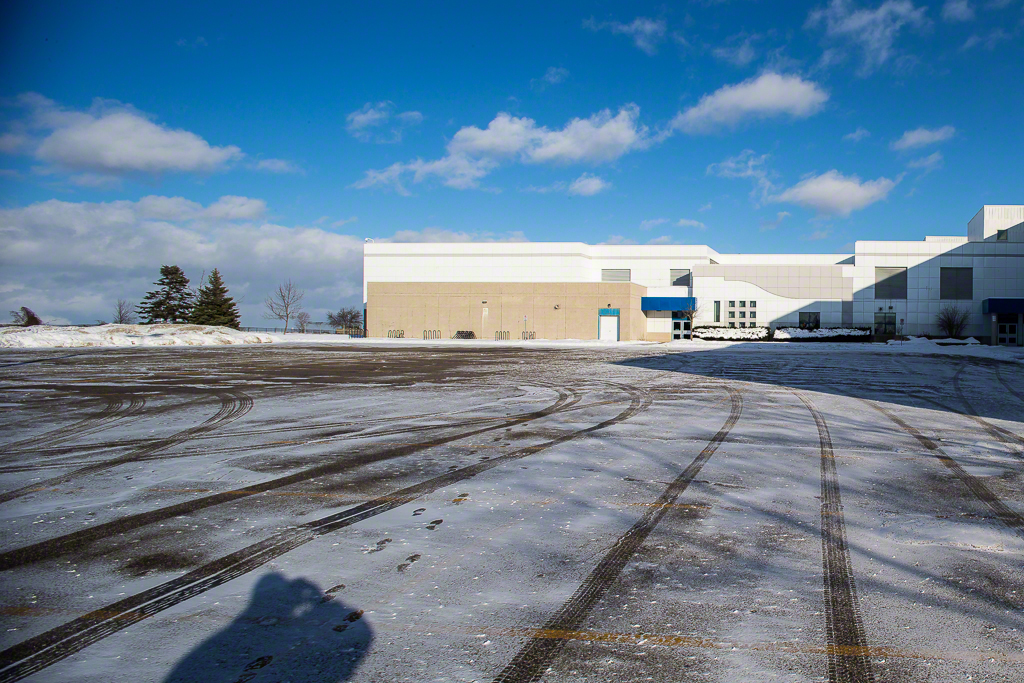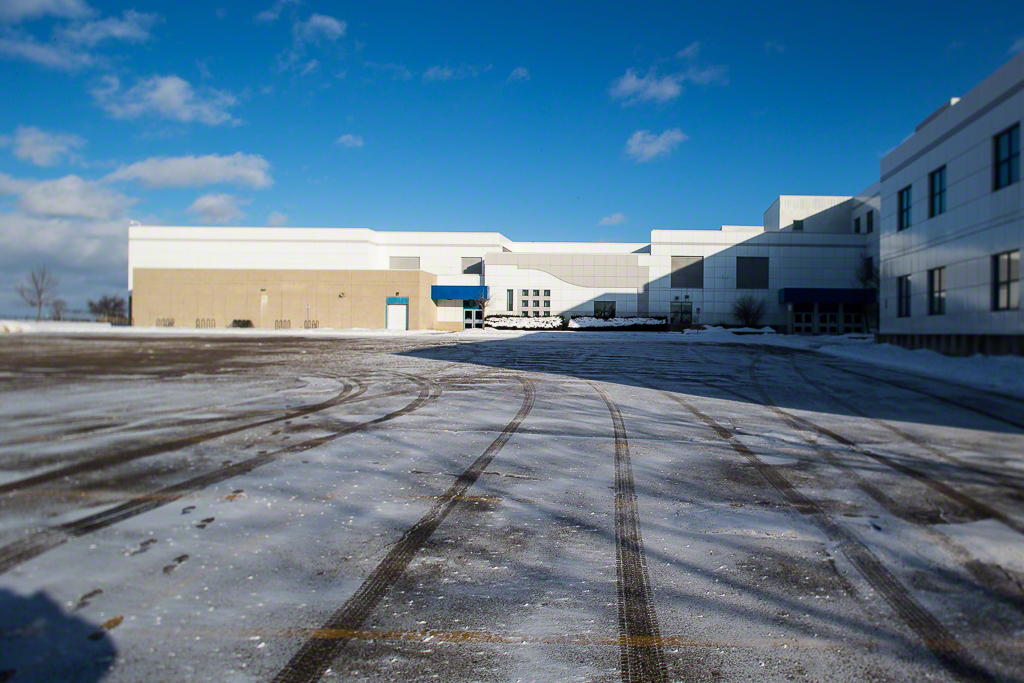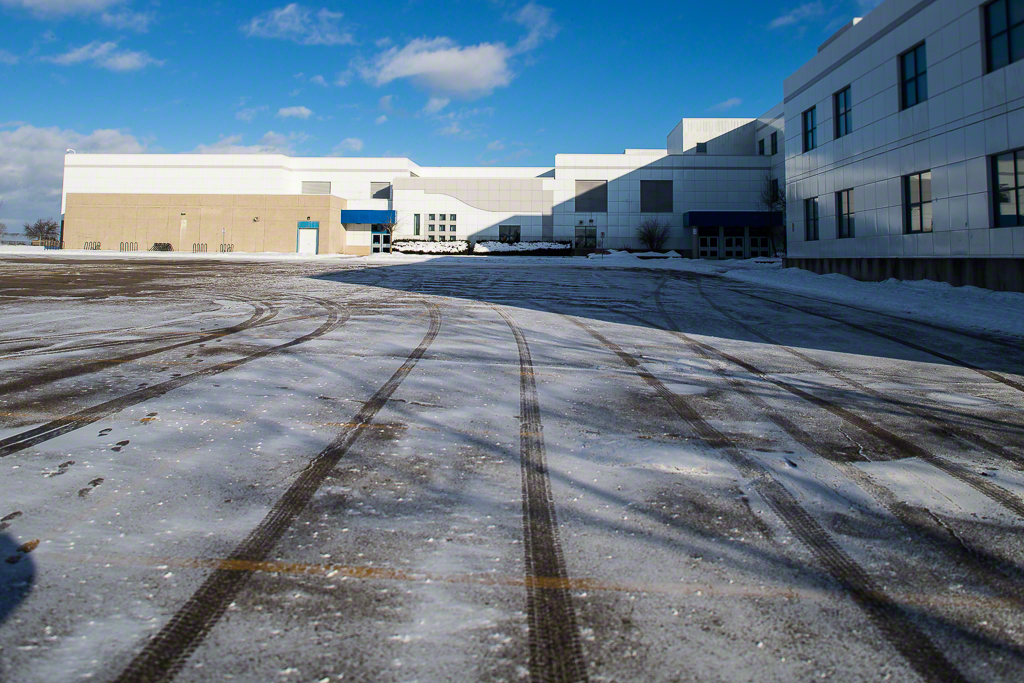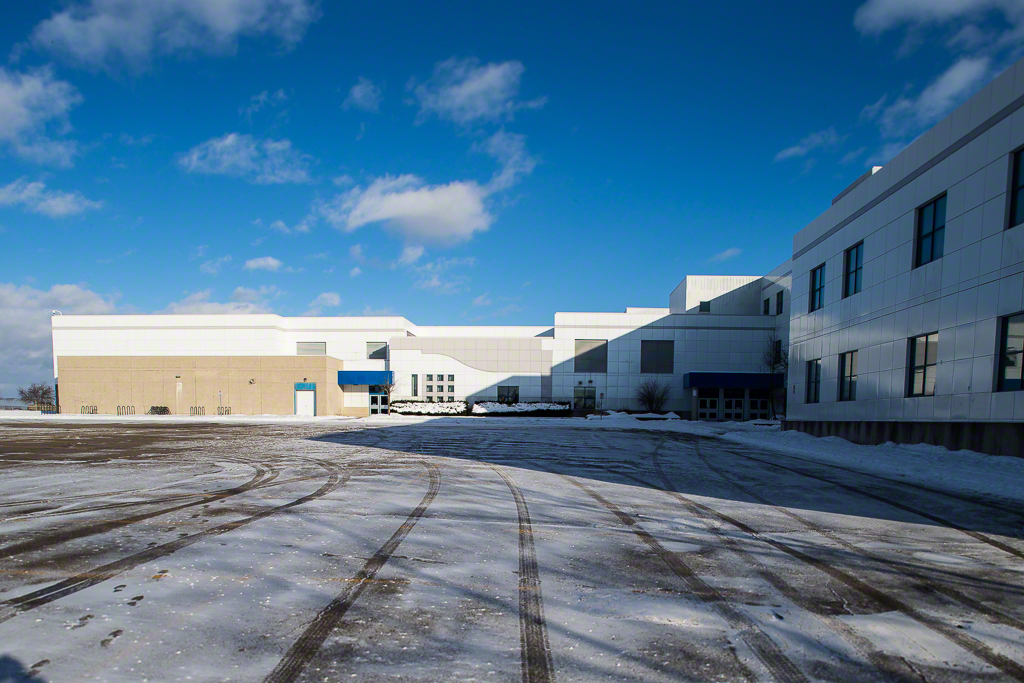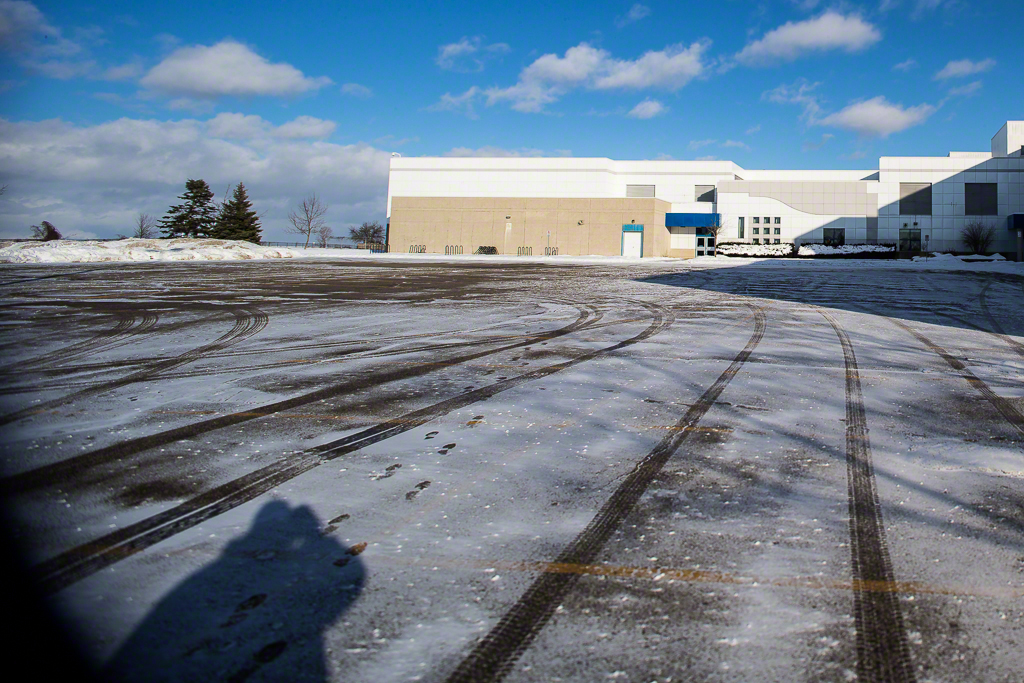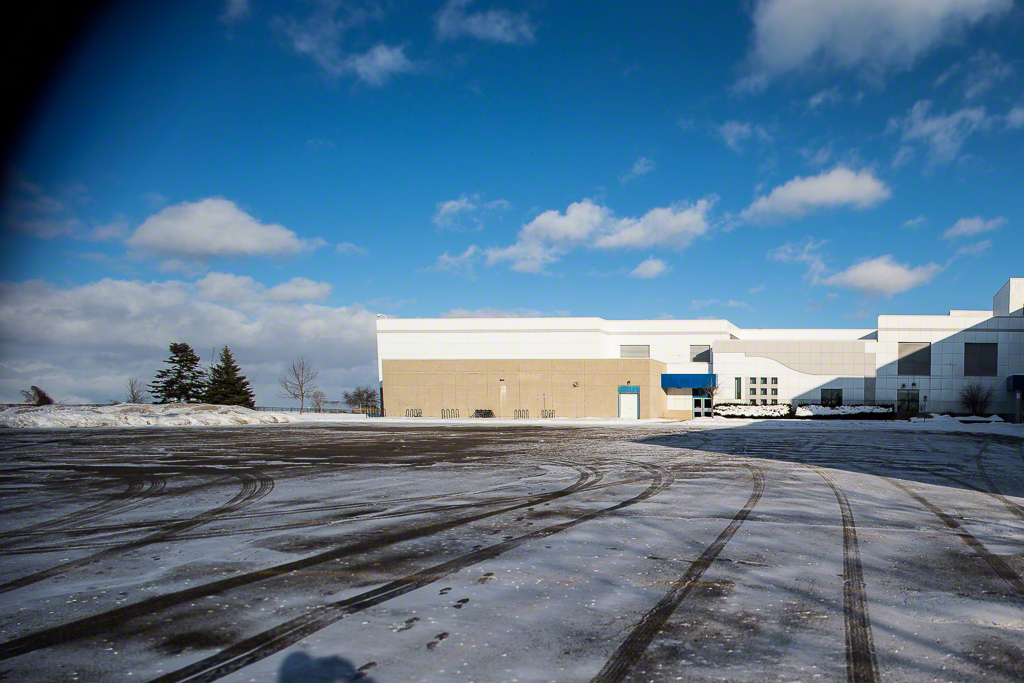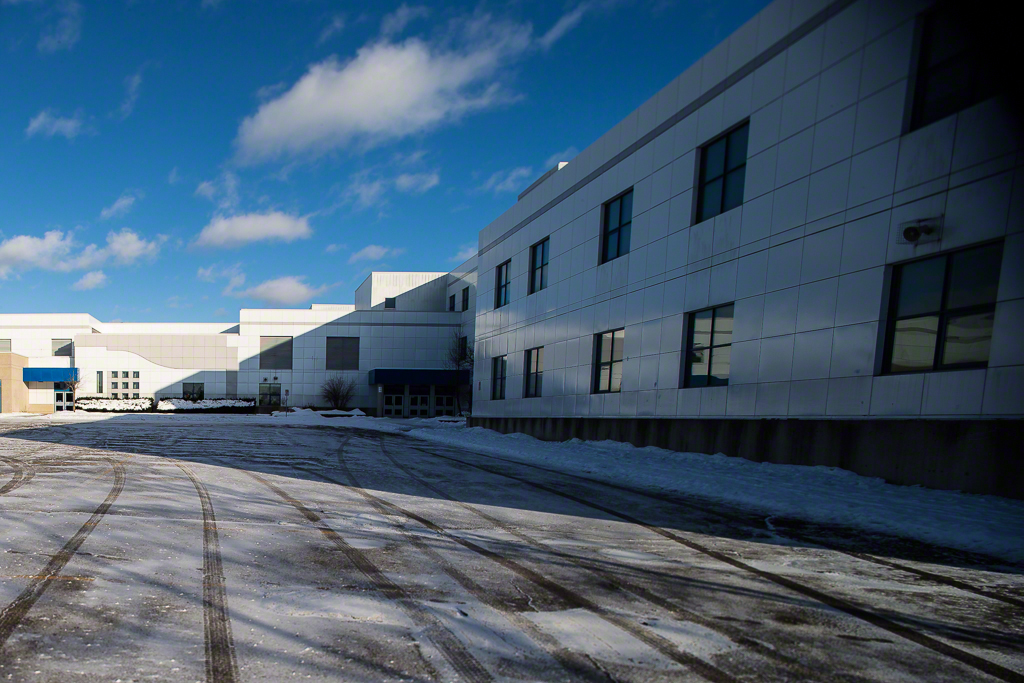Best Practices to Avoid Small Camera Movements and Microshake
/If you’ve ever come away with an image that is nearly great but noticed when editing it that nothing is really tack sharp, the first course of action is usually to blame the hardware.
While it can be true that there will be a lens/camera combination that is not right, after offering micro-focus adjustment definition and programming for about 10 years now, I will say that in general, the bodies and lenses are doing their job very well and micro focus adjustment is rarely the true issue.
It can happen that a lens camera system will back focus or front focus to a nominal extent, however, unless one is working with zero depth of field, either through camera to subject distance, long focal length glass or super wide apertures, as a general statement, depth of field will take care of minor front and back focusing.
One of the reasons why more demanding creatives want all metal mounts, is that they tend to stay “true” longer, although when they are damaged, repair is more costly. In my own experience, I have seen clients have more issues with lenses that have non-metal mounts than those that do.
All that said, the issue of being out of focus is most likely happening behind the camera, meaning it is you and I.
There are number of reasons this can happen. Here is a somewhat comprehensive list of reasons
Shutter speed is too low for the focal length and weight of the camera lens combination
User is depending on some form of image stabilization to use lower than safe shutter speeds in order to avoid increasing the ISO
User is not using a stable shooting platform when needed
User’s stance and or grip is poor
Inappropriate shutter actuation
User’s stabilization platform is inadequate
User’s blood pressure or heart rate are elevated
User is under the influence of a stimulant or physical trait that makes the user unstable.
High megapixel sensors will show micro shake more
These are all solvable with zero or minimal cost and a bit of developed discipline. Sometimes we develop false expectations about what technology can do, or use guides as if they are rules.
Shutter Speed Too Low
There is a common guideline that the lowest safe handheld shutter speed is 1 over the focal length of the lens in use. It’s a guide only and frequently results in poor results. One also has to take into account the weight of the combination of camera and lens and how far from the body platform it extends. Also consider the commonality of zoom lenses. What the guideline says is 1 over the focal length, yet if I shoot with a 100-400mm zoom lens, with the focal length sitting at say 183mm, does this mean that the safe handhold able shutter speed should be 1/183th of a second? Casual consideration may suggest this but it is factually incorrect. While the angle of view captured is that of 183mm, the length and weight of the camera lens combination remains the same and so contributes to camera shake in the same way all the time. You may not see the evidence of camera shake as clearly at the wider angle of view, but that does not mean it is not impacting your image. The higher the number of megapixels on your sensor, the smaller the two dimensional surface area and the more impact there is. This in this example, all other considerations being ideal, the lowest safe handhold able shutter speed would be 1/400th of a second regardless of zoom focal selection.
Image Stabilization
We have amazing options today of both in lens and in camera stabilization but it is important to understand where they work best and how they can help you. For in lens stabilization there exists good documentation that show that stabilization works best at vibrational frequencies below 3 Hz (3 vibrations per second) and over 10000Hz. Practical applications might include shooting on a surface getting regular or transient slow vibrations, such as a concrete roadway or bridge at the low end or while shooting from a helicopter at the high end. In most cases stabilization does no harm, but rarely delivers what he manufacturer’s marketing says, and not that all makers add a caveat of “up to n stops” of shake reduction. “Up to” is mcmarketing speak for maybe but probably not. Sadly there is not at this time independent scientific data that shows the optimal vibrational frequencies for in body stabilization.
Unstable Platform
We are often fooled by claims about stabilization capabilities or our own egos about how slow we can go. The larger the sensor, and the higher the megapixel count relative to the sensor size, the more impact micro shake has on us. Standing on a road is less stable than standing 12 feet of the round on soft ground. Standing on a bridge or railway track while potentially dangerous is also unstable because the materials transmit vibration readily and for great distances. Seek a position as best you can where there is likely to be the least amount of vibration transmitted to your shooting platform which may be simply your own body. We also may think that we are steadier than we actually are. Go in presuming that you are unsteady and choose a platform to enhance things. That could be a tripod, monopod, wall to rest your arms on, going prone (long range precision shooters shoot from prone because it is more stable than shooting off-hand or from a kneeling position).
If you do choose to use a tripod, find a way to release the shutter with out touching the camera at all. Consider using the self timer or a remote release that is electronic. Also whatever external platform you choose, consider its native tendency to transmit vibration. The price of carbon fibre has dropped considerably and it transmits vibration at a significantly less level than aluminum. Better tripod heads also use vibration dampening materials in their construction. Even if you use a device like the popular Platypod, use the rubber tipped screw in feet for maximum isolation. Just for your interest, aluminum’s natural resonance frequency is 55.2 Hz, so it vibrates most at that frequency and multiples thereof.
Poor Body Position and Grip, Inappropriate Shutter Actuation
The best stance for photography is called the Modified Isoceles. This is feet about shoulder width apart, knees slightly flexed, torso not bent or twisted, elbows in tight to the body as best possible but not locked, camera raised to eye level, and never dropping the head or bending the neck to bring the eye to the camera. Always bring the camera to the eye, not the other way around whenever you can.
The grip places the left hand under the camera body with the thumb and fingers creating a V for the camera to rest in. All the strength that goes into holding the camera should be in the left hand.. The right hand exists only to provide the finger to release the shutter. There should be no real tension in the grip of the right hand, looser is better than tighter, unless you practice extensively to use what is called a contraction release.
A contraction release is a joy once mastered, but for many people the roll release is simpler. The finger used to release the shutter rolls smoothly over the shutter release without pushing the shutter button with intent.. You get what is called a surprise break which after practice is no surprise at all. Never release the shutter by using the tip of a finger as this can result in serious micro shake because of the stabbing motion. Roll gently and you will be more successful. This skill requires some practice, so while at home sitting around practice firing off a few hundred frames of nothing every week to help forge the euro-muscular pathways to make this movement natural. We roll over releases or squeeze release. We never press a shutter just as we never pull a trigger, popular media’s depiction of either activity being wrong about 95% of the time.
You will see and may even catch yourself holding the camera with one hand on each side. This is massively unstable and allows the lens to move. There is no fix, over than to stop holding the camera this way. It’s wrong.
Personal Factors
While we may not want to acknowledge it, we shake more as we get older. It’s a reality so accept it and adjust accordingly. I am very grateful that cameras today do so well at higher ISOs because I can no longer hold narrow angle of view lenses at the same lower shutter speeds as I once could. Coffee and other stimulants, including medications can make you shake more. Even so-called relaxants can have debilitating effects on respiration rates, heart rates and blood pressure. Normal blood pressure, good breathing techniques and managing heart rate will all have a positive effect on reducing micro shake. Since most of our photography is not necessarily minute dependent, do what you can to slow your breathing and heart rate. Some calming breathing exercises can be very helpful. When making a shot, consider taking a breath in, release it halfway and roll the shutter before completing the exhale.
Sensor Size and Megapixel Count
We understand that a higher megapixel count on a standard sensor should deliver higher resolution, but the counter effect is that because each two dimensional surface area of each pixel is smaller, they are more likely to show the effect of micro shake. The smaller the sensor the less evident this is and the lower the megapixel count relative to the sensor size also reduces the impact of micro shake. Smartphones have very small sensors and so a smartphone 12 megapixel sensor is less likely to show evidence at normal viewing distance than a full frame 12 megapixel sensor. The shake is there, it’s just less evident and found less often because smartphone images are rarely edited at a pixel peep level or printed large. Just because we do not see the shake does not mean it is not there. To find it, we must look for it.
This is why many photographers come away initially displeased with their first foray into high megapixel sensors. The micro shake is more apparent. It is a fact unless the manufacturer does processing in camera to try to smooth it out. Some makers do this. Some of the earlier large megapixel cameras introduced micro shake evidence caused solely by mirror slap. I have a Canon 5Ds that is an example, and I have had to program a release lag into it to reduce this impact.
Do you have an idea for an article, tutorial, video or podcast? Do you have an imaging question unrelated to this article? Send me an email directly at ross@thephotovideoguy.ca or post in the comments. When you email your questions on any imaging topic, I will try to respond within a day.
If you shop with B&H Photo Video, please consider doing so through the link on thephotovideoguy.ca as this helps support my efforts and has no negative impact whatsoever on your shopping experience.
If you find the podcast, videos or articles of value, consider clicking the Donation tab in the sidebar of the website and buy me a coffee. Your donation goes to help me keep things going.
I'm Ross Chevalier, thanks for reading, watching and listening and until next time, peace.
